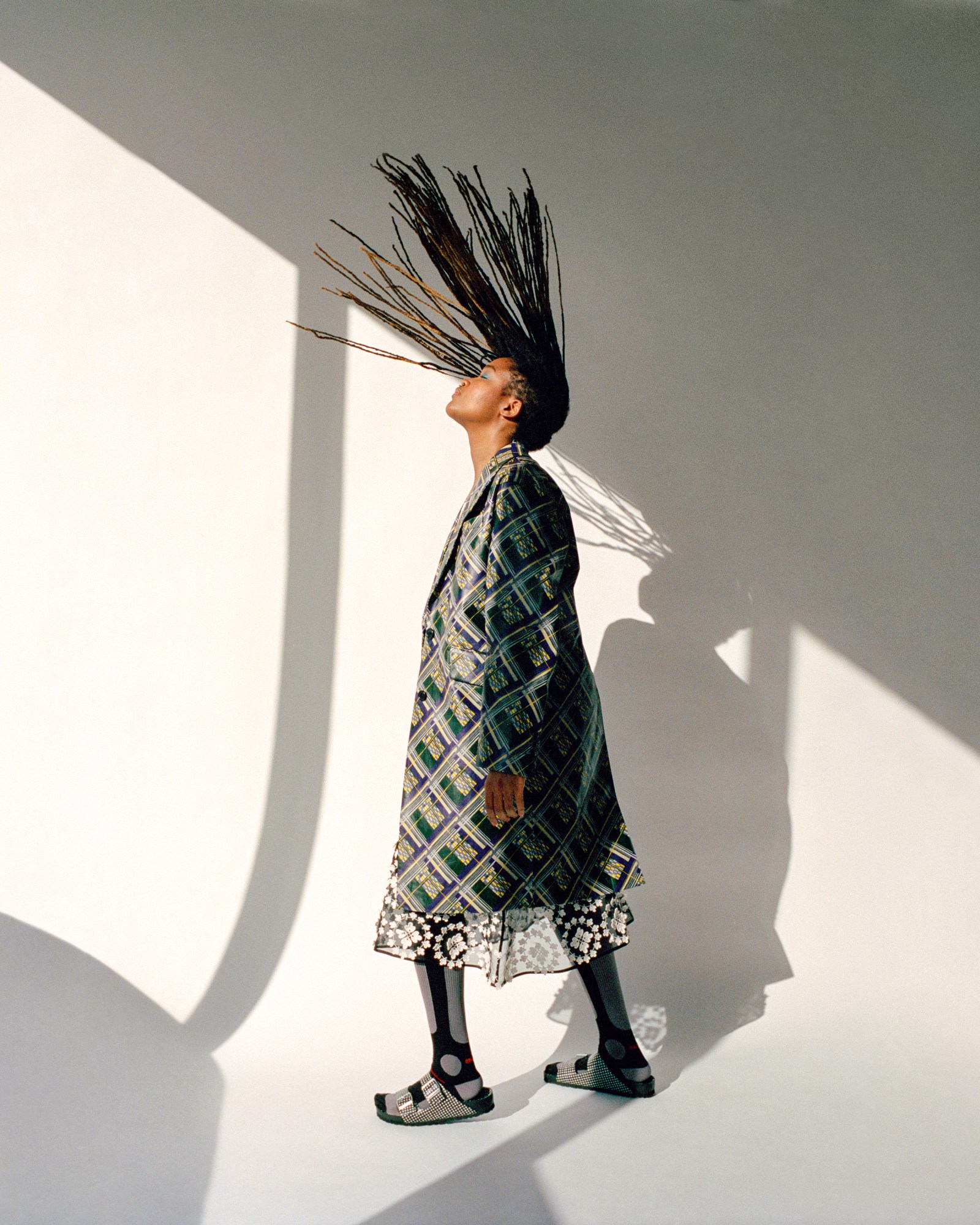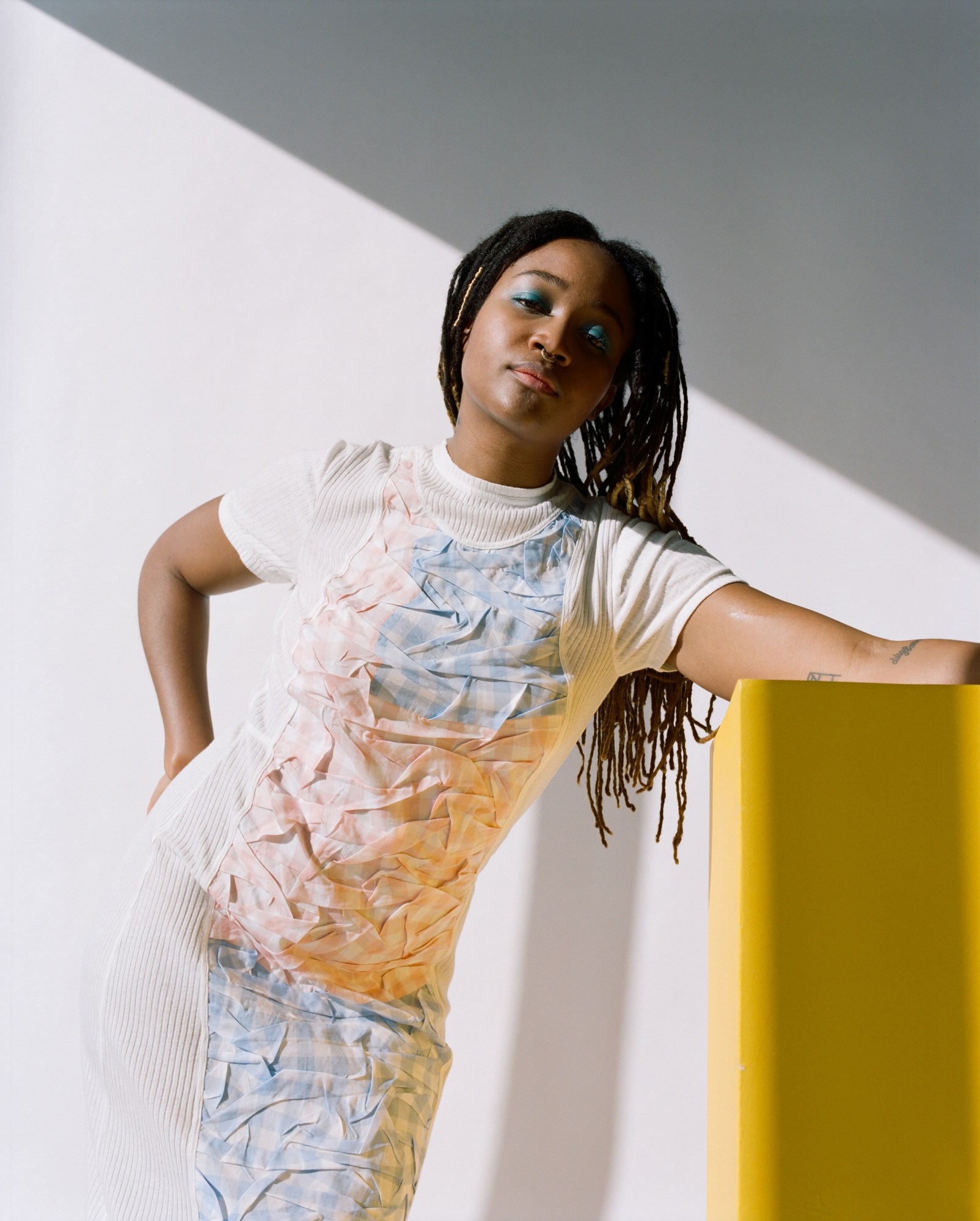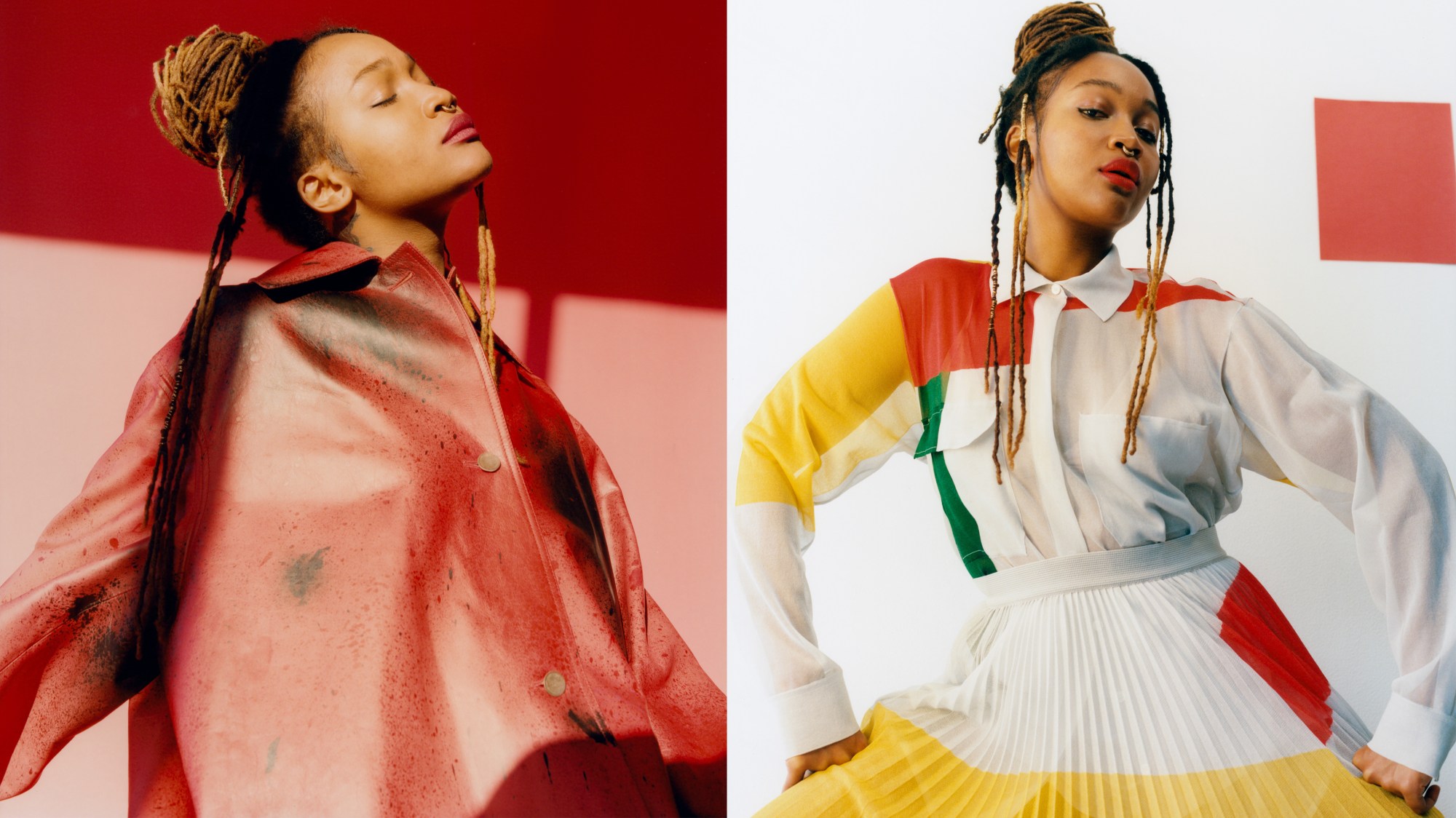This article originally appeared in The Radical Issue, no. 351, spring 2018.
These days, almost every interview starts the exact same way. You sit across from a sheepish 20- or 30-something reporter, with hopes of landing the perfect job in an imperfect field. If you’re in the same room, they lean across the table and ask: “So, how did you get started?”
Sometimes I’m the sheepish 20-something, and if I’m on my A-game, I’ve already researched my subject well enough not to start with such a bland question, but life happens. Writing, to me, has always been the duty of anyone in proximity to culture. We all have opinions and they are all worth recording. Words can be our tools for building the architecture of cultural memory, and art without the written word is like a protest without its organisers. Inciting changes requires commitment. And so, I show up, sometimes as a sheepish writer and sometimes as an interviewee. Since the beginning of my career I have been taught that it is an honour and privilege to record and be recorded, but sometimes I dream about how different the questions could be.

Last spring, I had the opportunity to engage in a public dialogue with Thelma Golden, Director and Chief Curator of The Studio Museum in Harlem, whom I had interned with seven years earlier. That evening I was excited to ask Thelma about her career and to learn more about her work at The Whitney Museum, where she was the first black curator to be hired at the institution in 1988 (interestingly enough, the museum, which was founded in 1930, only hired its second black curator, Rujeko Hockley, in 2017). For me, working at The Met, which has only had one black curator, Lowery Stokes Sims, I was curious about what it must have been like to be the first and only for so many years.
Being a highly visible, queer black woman in a field that is overwhelmingly homogeneous across lines of race, class and disability often leaves me with more questions than answers. According to a 2013 study funded by the Mellon Foundation, 84% of curatorial roles in museums are held by non-Hispanic white people. This means that nearly 84% of the people who are making critical decisions about who is added to the canon, who becomes the subject of monographs and which art is important enough to be remembered, are from the same racial group (and in most cases, the same socioeconomic background). What might happen if the 20- and 30-something-year-old reporters asked more people (of all backgrounds) about this crisis? What if the artworld was constantly held to account for exclusion, with every opportunity?
These inquiries and hundreds of others swirled through my head as I prepped for my dialogue with Thelma. I revisited her conversations with Glenn Ligon, her best friend, and an artist with whom she’s been in dialogue with for decades. I wanted to challenge myself to ask her questions she’d never answered. Naturally, I wanted to impress one of my biggest heroes. Instead, I failed forward just a little bit.

Against better judgement, I asked Thelma if she’d ever had imposter syndrome –- a phrase that has become a buzzword for the millennial generation. I was curious if the feeling of not belonging ever had an expiration date. Without skipping a beat she replied, “I didn’t have time for that. I knew I had to show and prove.” Her security and conviction impressed me. In the 90s, at the height of the culture wars and at age 27, like me, I could not imagine how she managed the pressure of the accountability of being the first. Was this conviction the motivator? Was this conviction enough to buoy a 20 plus year career at the top of her field?
On occasion a reporter will ask me some version of, “What is it like to be an activist?” or “What is like to be the first of your kind?” I usually scoff and think of the women like Thelma, part of a group that I romantically think of as my “art world aunties”. These women include, but are not limited to Lowery Stokes Sims, Deborah Willis, Kellie Jones, Naima J. Keith, Isolde Brielmaier, Sarah Lewis, Elizabeth Alexander, and Sandra Jackson-Dumont. Each in their own way, they have asked the questions that sculpted the art world as we know it today. Who were the black artists working in abstraction in the 70s? What role can art education play in a community? How has social media impacted the way that we interact with black death? These enquiries remind me that the work I’m doing is not always that of an activist or trailblazer, but more akin to the work of an heiress. My grand inheritance being the fruits of their labour and care.
In the era of pussy hats and gestures that can quickly deflate action into abstraction, I’m obsessed with asking better questions. Behind our keyboards and avatars, it’s easy to counterfeit conviction, but sometimes the most powerful thing we can do is remain curious. I abhor the overused phrase “now more than ever”, but it is apt here: now more than ever, we have to think about the radical possibilities of our own curiosities. It is these exact curiosities and eccentricities that will forge the record of our time.

Credits
Photography Tyler Mitchell
Styling Jason Rider
Hair Carly Heywood using Carol’s Daughter. Make-up Yui Ishibashi using M.A.C Cosmetics. Photography assistance Kyle Keese. Styling assistance Jeremy Anderegg.
